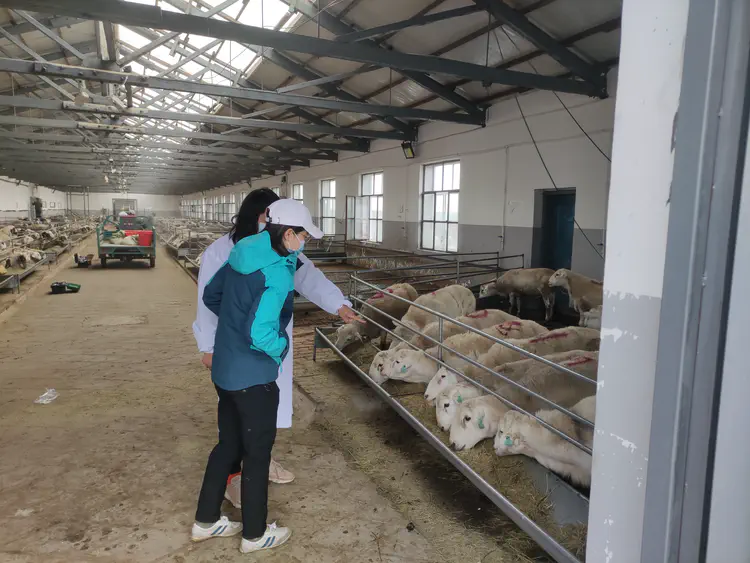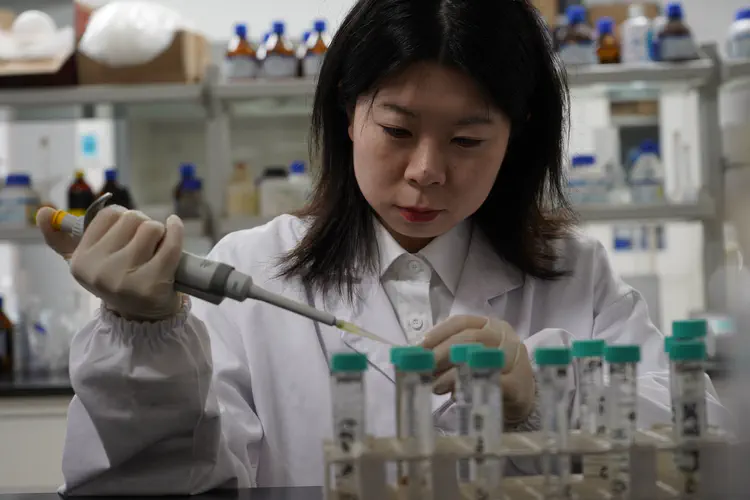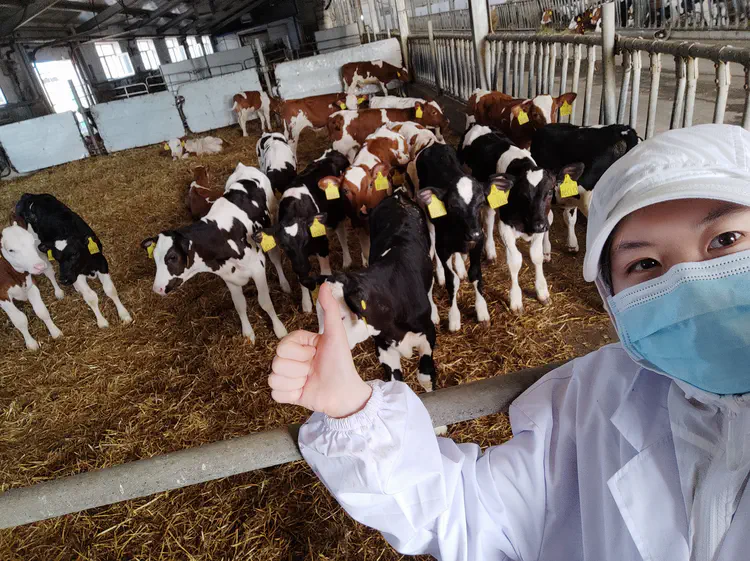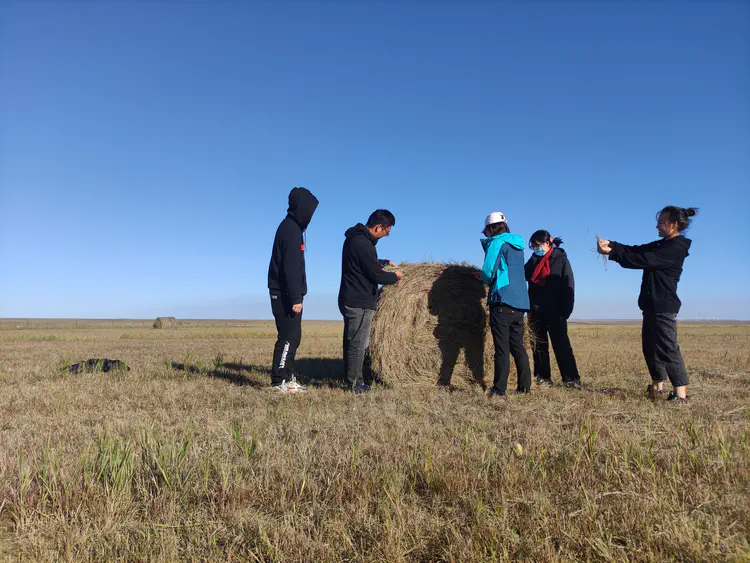Biography
Hi, my name is Zixin Liu and I am a PhD candidate in the Ruminant Nutrition Laboratory of the Institute of Subtropical Agriculture, Chinese Academy of Sciences (CAS). My research interests mainly include ruminant nutrition, dairy science, application of plant additives in livestock, and multi-omics data analysis.
- Ruminant nutrition
- Dairy science
- Multi-omics applications
PhD candidate in Ecological Science, 2020-2024
University of Chinese Academy of Sciences
Master's degree in Preventive Veterinary Medicine, 2018-2020
China Agricultural University
Bachelor's degree in Veterinary Medicine, 2014-2018
Northeast Forest University
Skills
Recent Publications
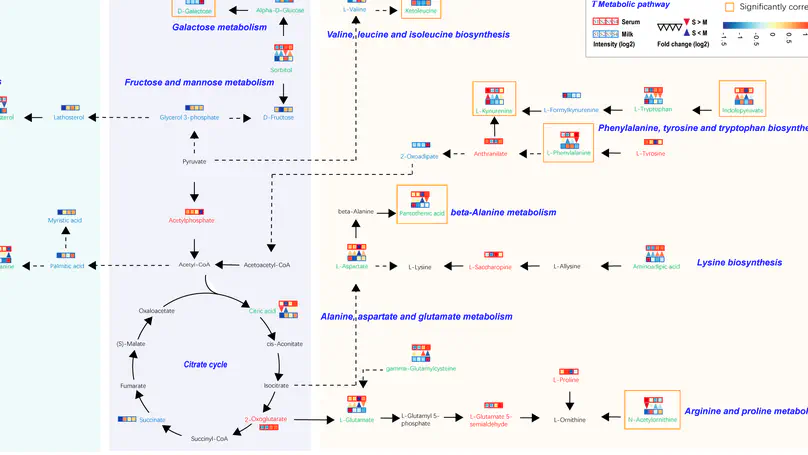
This study elucidates the intricate relationship between the metabolic profile and production performance of Sanhe dairy cattle across different parities. Our findings underscore significant variations in milk traits and metabolites in both the milk and serum, highlighting the influence of parity on dairy cow metabolism. Specifically, multiparous cows exhibited distinct metabolic patterns compared to primiparous ones, with notable differences in milk composition and serum biochemical parameters. The identification of differential metabolites associated with key metabolic pathways provides valuable insights into the underlying mechanisms influenced by dietary supplementation and parity. Furthermore, the discovery of potential marker metabolites offers promising avenues for distinguishing between cows of different parities. To enhance the production performance of primiparous Sanhe cattle, it is recommended to strengthen the supply of energy and essential amino acids, ensuring optimal milk quality. This study underscores the importance of tailored nutritional strategies based on parity-specific metabolic profiles to optimize milk production and quality in Sanhe dairy cattle, thereby promoting sustainable dairy farming practices.
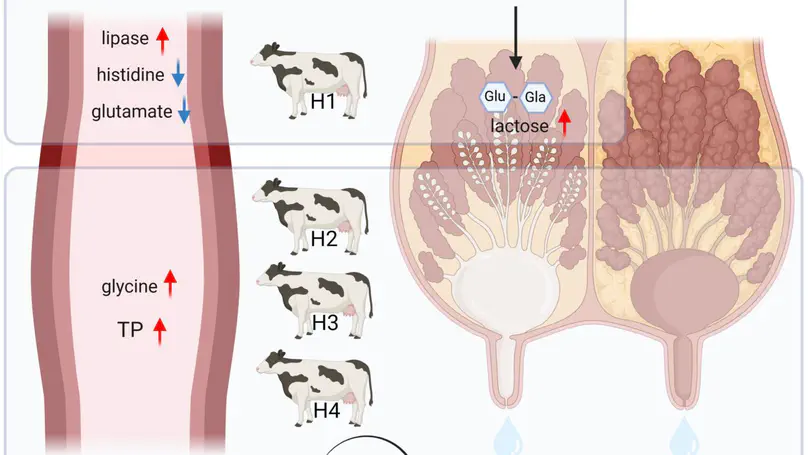
The body metabolic status of dairy cows is closely related to lactation performance. Their production performance will change with their years of service, and the milk quality also varies among different parities. However, there is still lack of research on the relationship between the metabolic state of Holstein cows and the performance of lactation across multiple parities. This study’s findings uncover the connection between the serum metabolome of Holstein cows and milk production. The results indicate variations in the lactation energy among the Holstein cows at different parities. Blood metabolites emerge as pivotal regulators of the milk yield and quality in the Holstein cows, underscoring the significance of addressing nutritional needs during these stages to enhance lactation performance. It is essential to understand the metabolic changes in Holstein cows at different parities to develop more refined feeding strategies, improve management methods, and strengthen the health of the cows.
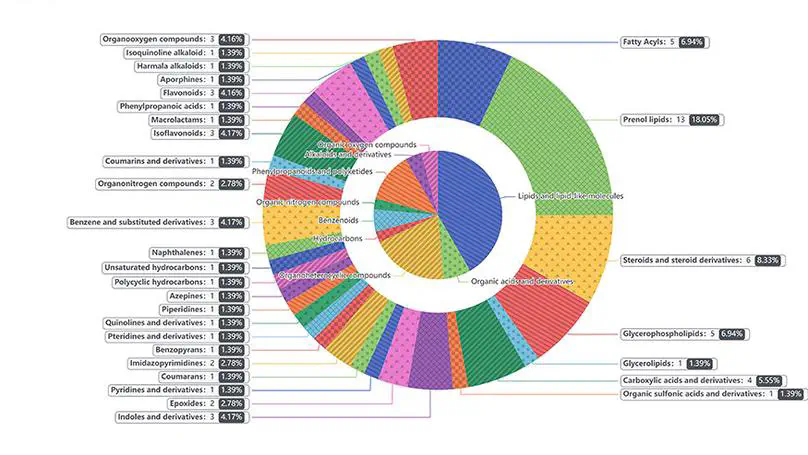
In conclusion, our results indicate that dietary addition of NCG with 20 (g/d/head) can regulate index associated with altitude stress such as thyroxine, transferrin, and endothelin in lactating Jersey cattle at high altitude, and is conducive to the improvement of blood oxygen saturation, thus alleviating the hypoxia stress state of Jersey cattle. The addition of NCG does not affect the nutrient digestion and immunity, but it tends to increase milk fat and affects the rumen fermentation parameters and causes butyric acid to decrease tendency. Analysis of 114 differential metabolites identified from plasma samples and feces samples showed that these changes were mainly reflected in amino acid metabolism and lipid metabolism. These data suggest that NCG is still beneficial to the improvement of physiological state and production performance of Jersey cattle at high-altitude areas, which provide theoretical basis for NCG to prevent altitude sickness and regulate nutritional physiology of dairy cows. However, the additive dosage needs to further consider the impact of environmental factors and interspecies differences.
Recent Posts
Accomplishments
Contact
Welcome to contact me~
- 490981383@qq.com
- +86 18846047607
- No.622, Yuanda 2 Road, Furong District, Changsha, Hunan Province 410125
- Office building, room 419
- Monday to Friday: 8:00 to 22:00
- Book an appointment
- Haibara0625




